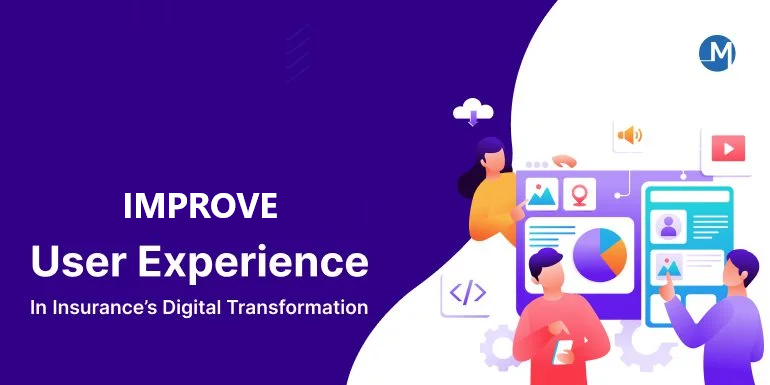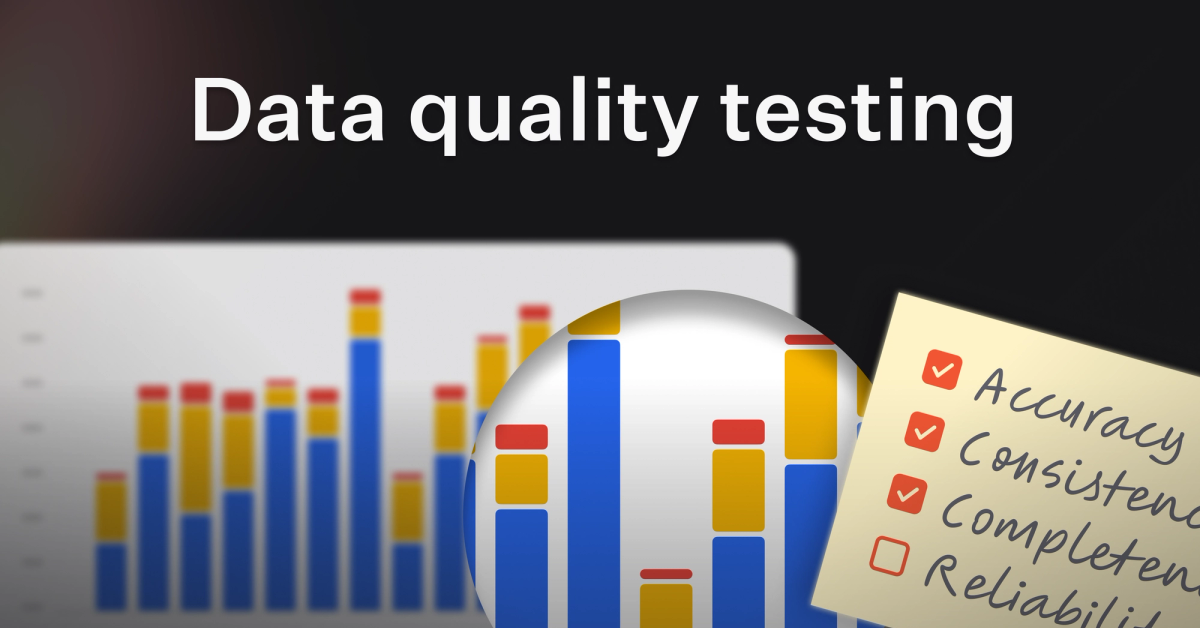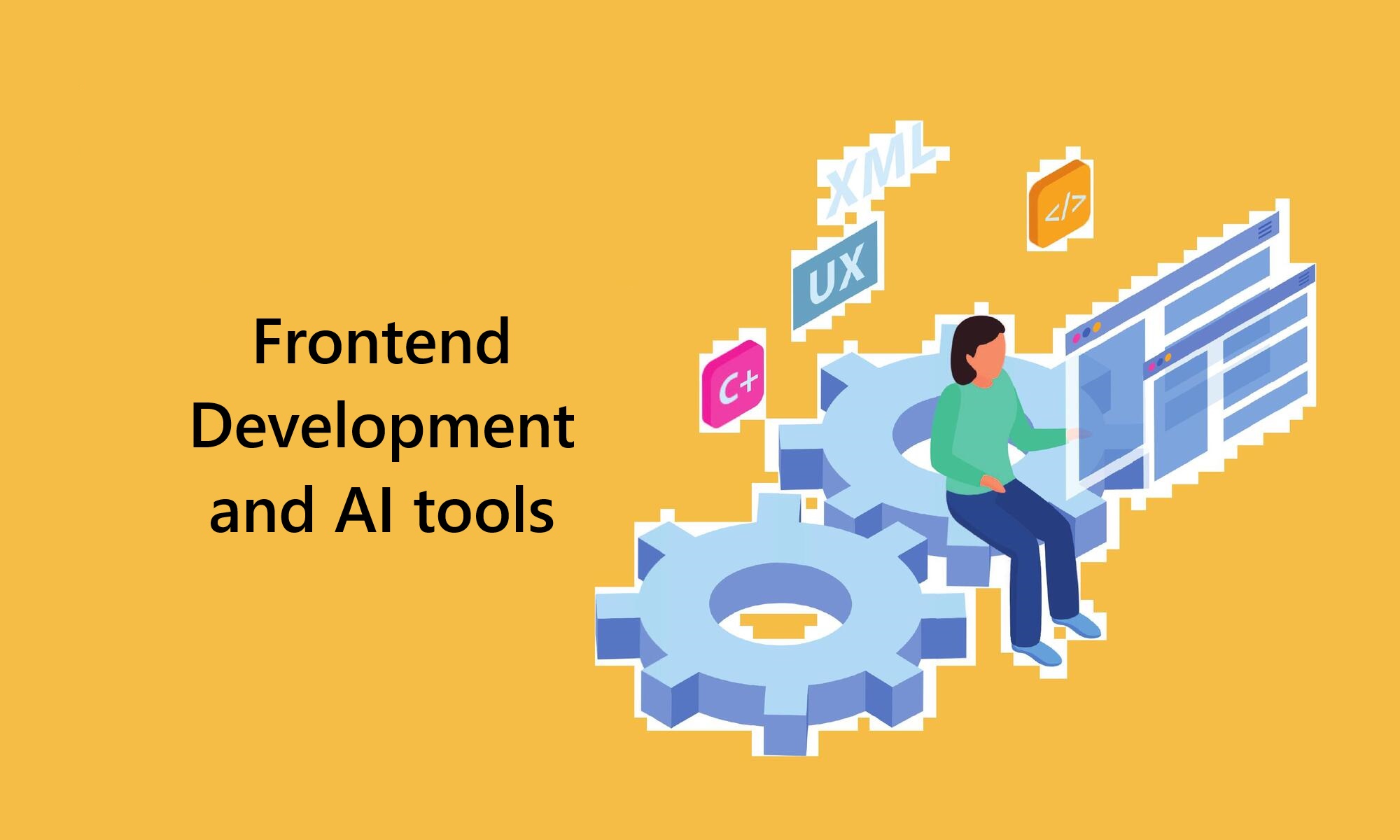The insurance industry is undergoing a rapid digital transformation, and customer expectations are higher than ever. Now consumers prefer seamless, personalized interactions thoroughly from policy selection to claims processing.
Hence, its essential to adopt trending insurance customer experience strategies by insurance companies. These strategies streamline the workflow boost satisfaction, strengthen customer loyalty which drive long-term business growth. So, let’s explore seven essential insurance customer experience strategies you must prioritize to stay ahead of the competition and deliver meaningful value to your clients.
6 Key Insurance Customer Experience Strategies
Here I am sharing the 6 key customer experience strategies for insurance companies which can evolve insurance landscape.
- Personalization through AI and Data Analytics
By analyzing customer data, including preferences, behaviors, and historical interactions, insurers can create personalized experience insurance that resonates with individual clients.
Benefits
- Tailors IT consulting services and product recommendations based on each customer’s unique profile and needs.
- Enhances communication by delivering targeted messages and solutions that address specific customer concerns.
- Digital insurance strategies increase customer satisfaction by providing relevant and timely policy suggestions, boosting retention rates.
Best Practices
- Use predictive analytics to forecast customer needs as it offers personalized policies, such as recommending additional coverage for new life events.
- Use real-time data analytics to adjust communication and insurance customer experience strategies based on current customer interactions.
- Omnichannel Support
Omnichannel support ensures customers receive a good experience across various communication channels, web, mobile, call centers, and social media. With this approach customers can switch between channels without losing the context of their interaction, which provides a seamless experience.
Benefits
- Enhances seamless communication, making it easier for customers to interact with the company on their preferred channels.
- Software agencies help build customer trust by ensuring reliability and consistency in service.
- Boosts insurance customer engagement by providing multiple avenues for support and interaction.
Best Practices
- Integrate chatbots and self-service portals with traditional channels like phone and email to enhance customer service efficiency and for digital success.
- This integration allows quicker resolution of customer queries and issues, leading to higher satisfaction.
- Streamlined On boarding and Policy Management
Streamlined on boarding and policy management are crucial for ensuring new customers’ smooth and hassle-free experience. This process helps customers to get started quickly and easily manage their policies. Making the on boarding process intuitive and straightforward reduces the chances of customer drop-off and increases satisfaction.
Benefits
- Enhances customer satisfaction by reducing the complexity and time required to complete on boarding and manage policies.
- Digital insurance strategies improve customer retention by providing a user-friendly experience that encourages ongoing engagement with the company.
- Increases operational efficiency by reducing the need for manual intervention and support, allowing staff to focus on more complex tasks.
Best Practices
- Implement insurance digital transformation tools and platforms for easy online onboarding, such as e-signatures, automated form filling, and real-time verification.
- It offers self-service portals where customers can easily manage their policies, make updates, and access important information without contacting support.
- Utilize AI and machine learning to personalize the onboarding process, offering recommendations and guidance tailored to the customer’s needs for a smooth insurance customer journey.
- Utilize Chat bots and Virtual Assistants for Claims
AI-driven chat bots and virtual assistants are transforming customer service to improve insurance by offering 24/7 support. These bots can efficiently handle routine inquiries, process claims, and manage basic customer interactions, providing immediate responses without human intervention.
Benefits
- Significantly reduces customer wait times by offering instant answers and support.
- Improving overall claims processing efficiency, allowing human agents to focus on more complex tasks.
- Enhances customer satisfaction by providing real-time, round-the-clock assistance, especially in urgent situations.
Best Practices
- For best customer experience strategies, insurance companies must equip chatbots with advanced Natural Language Processing (NLP) capabilities.
- This allows the bots to handle more complex queries, understand nuanced customer needs, and provide accurate, context-specific responses.
- Proactive Communication and Notifications
Sending customers timely updates, reminders, and important information by automation tools without manual intervention is new edge which include reminders for policy renewals, updates on claim statuses, and notifications about new offers to keep customers engaged and informed.
Benefits
- Ensures customers stay informed, helping them avoid missed renewals or policy lapses.
- Builds trust and loyalty by maintaining regular communication and demonstrating that the company values its customers’ time and needs.
- Reduces missed opportunities for customer engagement, improving overall satisfaction and retention.
Best Practices
- Personalize notifications by tailoring them to customer preferences, behaviors, and past interactions.
- Use customer segmentation to tailor communications based on customer profiles and to bring digital transformation to modern businesses.
- Use multi-channels such as email, SMS, mobile apps, and social media for notifications.
- Use visually appealing formats for notifications, such as infographics or videos.
- Adopting Telemetry for Usage-based Insurance
Usage-based insurance (UBI) generally use telemetry data from sensors and IoT devices. Likewise in vehicles, tracking real-time driving habits like speed, braking, and mileage.
This data helps insurers to offer personalized premiums based on actual usage and behavior rather than demographic factors.
Benefits
- Provides more accurate and fair pricing for customers, as premiums are directly linked to individual driving behaviors.
- Encourages safer driving habits by offering incentives, such as lower premiums, for responsible driving.
- Enhances customer satisfaction by offering greater transparency and control over insurance costs.
Best Practices
- Ensure that the IoT devices and sensors used for tracking driving behaviors are reliable and accurate.
- The top digital companies provide personalized feedback to customers based on their driving behaviors.
- Keep customers informed about their driving behavior and how it impacts their insurance premiums.
- Encourage customers to share their experiences and suggestions regarding the UBI program.
Conclusion
In today’s digital landscape delivering exceptional customer experiences is essential for insurance companies. Implementing these six strategies, insurers can meet evolving expectations. Though technologies like AI and block chain can also give you a competitive edge.







